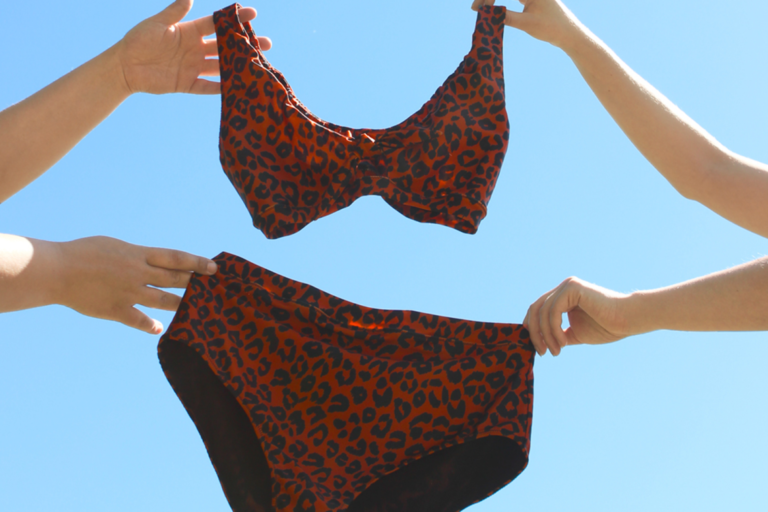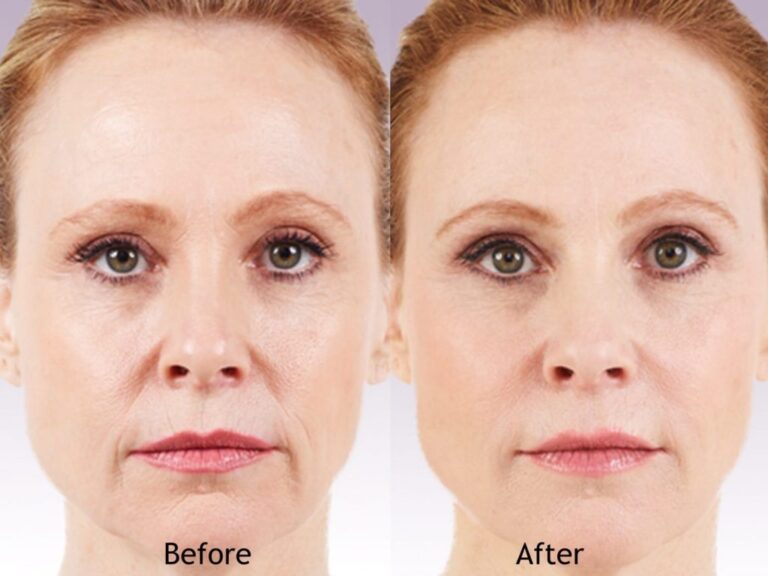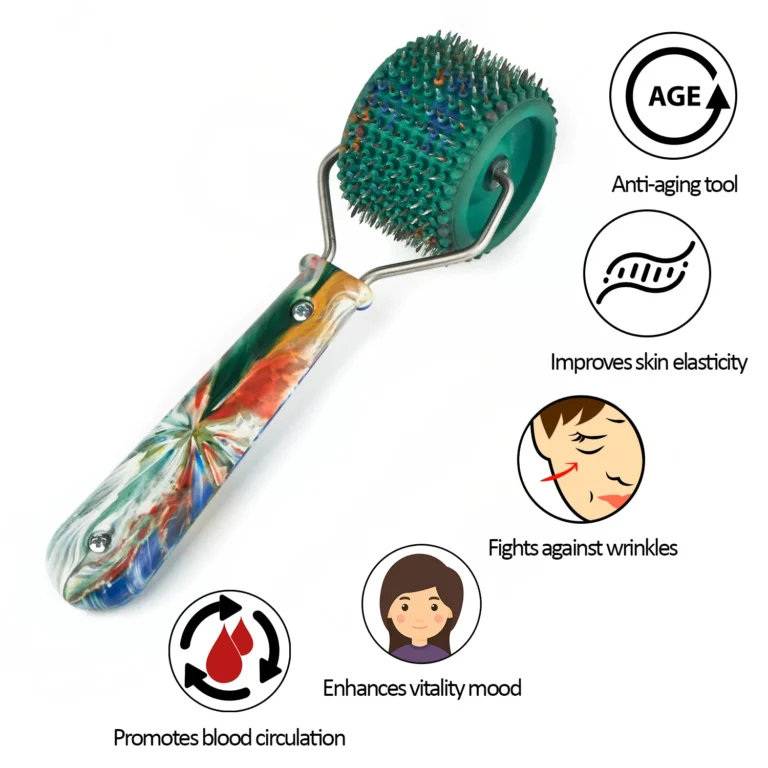Ethical Beauty Choices: Taking a Stand Against Exploitation
For centuries, the beauty industry has been looked up to for innovations on self-care. Loathsome practices and exploitation exist behind many headlines. The dark side of some practices shines through in many of those headlines. Unfair labor practices and environmental degradation come together under this umbrella. Ethical beauty options can help fight back against those dark behaviors. Consumers can create greater change against exploitation by considering fair labor, cruelty-free testing, and sustainability.
What is Ethical Beauty?
Ethical beauty, therefore, entails the production and marketing of cosmetics and skincare that uphold remarkably high standards of social responsibility. Workers are paid fair wages, while animal testing does not take place. Ingredients sources are sustainable. While many continue with worker exploitation in the developing countries and sell products tested on animals, calling themselves luxury or wellness sectors, ethical choices support human rights and environmental responsibility.
The Secret Abuse of the Beauty Kingdom
The beauty sector has a revolting history related to the exploitation of resource extraction and labor. Mica, a typical mineral used in most makeup products, is mined with dangerous conditions by children in India. Moreover, extractions such as palm oil have led to deforestation and evictions of indigenous communities. Consumers are not aware of such issues since advertisements for these beauty brands cleverly portray near close to under-the-table practices.
For example, Ahava exploits minerals from the Dead Sea, seized without payment from occupied Palestinian territory. These are high-performance minerals renowned for their skin-cleansing qualities. The consumers of its products have been subjected to boycott activities and campaigns on websites like stolenbeauty.org to stand in protest against this business malpractice.
Ethical Consumerism
Ethical consumerism goes beyond buying products; it is a decision to invest in businesses whose values are being cared for. Talking about beauty products, for example, this can be as simple as choosing employment with fair wages, cruelty-free testing, or environmentally friendly ways to produce. The consumer makes a difference to change the way business operates in the beauty industry, including demanding transparency from such supported brands.
A principal reason companies are forced to change their offensive practices is through boycotting companies that allow such exploitation. Companies are forced to reassess the activities that cause harm to others or face the loss of market share and therefore loss of revenue. Ethical consumerism can be an activism vehicle in which a consumer’s choice to spend gives them the voice to end cruelty.
How to identify ethical beauty brands
To find beautiful brands of integrity, look for the following:
- Look for those Fair Trade, Leaping Bunny (cruelty-free), or even USDA Organic labels; at least they follow a code of ethics.
- Scan the ingredients for sustainable, non-toxic sources that seem to be of decent quality: bad keywords to look out for are parabens or sulfates.
- Scan how clearly the brand is going to share their sourcing, labor, and environmental work. Be wary of greenwashing; they’re usually making unsubstantiated claims.
- The packaging should be checked for simple or biodegradable ones.
These steps ensure a brand accountable to ethics.
The Role of Activism in Ethical Beauty
Ethical beauty is closely linked with activism. Activist campaigns bring forth numerous unnatural practices related to this industry, which can make consumers conscious and help them take better choices. For example, campaigns such as stolenbeauty.org bring out brands like Ahava, which earn their profits from Palestinians’ lands and occupation of those resources. In this way, with the help of such activist support, the demand for these changes could be voiced through the consumer network, thus compelling beauty companies to adapt to more ethical practices.
Another area activism turns its attention to, within the beauty sector, is issues outside the specific sector-thus environmental degradation and rights to labor. The majority of activist groups work towards sensitization of the impact of environmental impacts within sourcing of ingredients, be it via palm oil or mineral extraction. It is through such movements that consumers can participate in forcing change within the industry.
The Future of Ethical Beauty
Ethical beauty products are increasingly in demand as the consumers grow in awareness. Changing consumer behavior, though, does not wait or accommodate standards; hence, companies need to adapt to the change by providing more transparent practices. In the future, it would be through the thought and consciousness of enlightened consumers who will not compromise on their values even in the wake of convenience and affordability that the industry will shape itself into an environmentally friendly company that practices fair labor and operates with no cruelty.
Although the road does not end here, consumers must continually raise the standard of expectation from firms to declare and advocate for transparency. With greater access to information regarding ethical brands, such as a certification program, or even through activist campaigns like stolenbeauty.org, the individual can be the catalyst for change.
Conclusion
Ethical beauty is not just the type of product one selects; it is a stand against exploitation and support to brands that embody a commitment to human rights and environmental sustainability. Ethical consumerism is a statement to the beauty industry that the level of exploitation of their products will not be tolerated. It is through the power of our purchases that we will bring about a change that is firm and sturdy, bringing to this world beauty that is truly ethical, fair, and sustainable.





